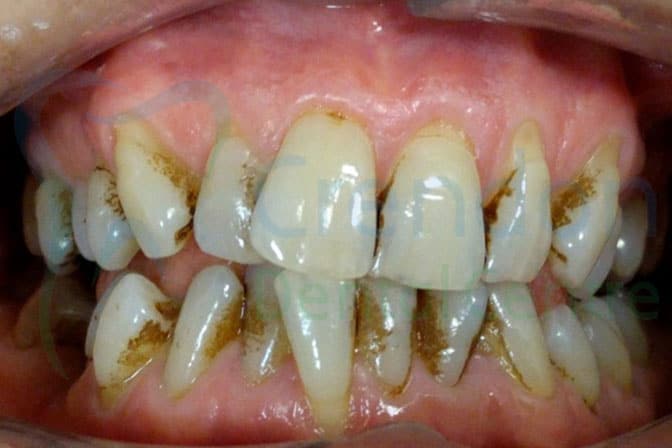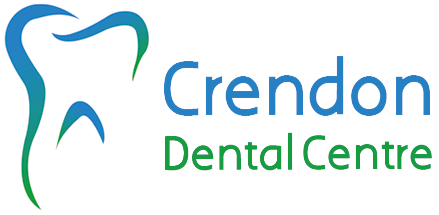Dental Hygienist in High Wycombe
Dental hygiene from just £75 –
Preserve & Restore Your Oral Health with Dental Hygiene
As well as regularly visiting your dentist, hygiene appointments should also be an essential part of your dental care. Hygienists are qualified members of the dental team who focus on preventing and treating gum disease by promoting good oral hygiene.
What is dental hygiene?
Dental hygiene focuses on preventing oral diseases, such as gum disease and tooth decay. Hygiene appointments will help prevent gum disease and dental decay. While your oral care routine at home does most of the work when it comes to removing plaque from your teeth, a professional clean will help remove any build-up. Hygienists are trained in cleaning away plaque and tartar deposits, protecting your smile from bacteria.
Why are hygiene appointments important?
Your oral health depends on your gums. Your dental hygienist is best placed to look after your gum health, preventing gum disease and removing any bacteria that is already irritating your gums. Gum disease causes inflammation of the tissue that surrounds teeth and, if not treated, it can lead to recession of the gums. This can cause pockets to develop as the gum moves away from the tooth and can eventually lead to loosening of the teeth. The cleaner your teeth, the less likely you are to develop gum disease. A hygienist will not only thoroughly clean your teeth but will also show you how to keep up the good work at home.
During an appointment, the hygienist will assess the health of your gums and teeth and look for any signs of swelling, inflammation, or bleeding. The hygienist may also take measurements where the gum attaches to the tooth and check for signs of oral cancer.
Top reasons to book your hygiene appointment
Step 1: Prevents dental issues from developing
Regular visits to your hygienist help prevent periodontal and gum disease from developing.
Step 2: Feel more confident with a lighter, brighter smile
Stains, plaque, and tartar will be removed during your hygienist appointment, leaving your teeth whiter and brighter.
Step 3: Fresh breath
As your hygienist can reach parts that normal brushing can’t reach, you will have fresher breath and cleaner teeth, giving you a healthier mouth.
Step 4: Oral health tips and advice
Your hygienist can demonstrate how to clean and floss teeth more effectively, so you can maintain a cleaner and healthier mouth in between your appointments.
Step 5: Screening for mouth cancer and other oral diseases
As part of your appointment, your hygienist will do a mouth cancer screening check to spot any warning signs early on.
Our dental hygiene treatments
✔ Hygiene Session (Quicksmile)
✔ Air Polishing – High Gloss Polish
✔ Air Polishing – Ultra Clean
Airflow
Our practice has invested in Airflow and PerioFlow Swiss Technology to enhance our services to our patients. Airflow is a pleasant and comfortable oral hygiene treatment that quickly and effectively removes stains on the front and back of your teeth. It uses a controlled stream of fine powder particles on the tooth surface through water spray and compressed air. In just one appointment, your teeth will feel smoother, polished, and will appear cleaner.
What happens during a hygiene appointment?
During your hygiene treatment the hygienist uses specially designed implements to remove tartar from the tooth surface and underneath the gum line. When all the surfaces are clean, they polish teeth with a gritty paste, leaving them feeling smooth and silky. If gum disease has progressed beyond the early stages, a hygienist can remove tartar from the root surface to smooth the area and reduce inflammation of the gum tissue. This is known as root planing (or debridement) and, as it involves deeper cleaning under the gum line, it is a procedure that may require an anaesthetic to eliminate any discomfort.
Hygienists also offer helpful hygiene advice and demonstrate how to keep your teeth plaque-free with toothbrushes, interdental brushes, and floss. In addition, they provide dietary and smoking cessation advice.
Regularly visiting a hygienist will not only help you maintain healthy teeth and gums, but also protect your overall well-being because poor gum health has been linked to more serious conditions such as heart disease, respiratory infections, diabetes, and dementia.
Our healthy hygiene results



